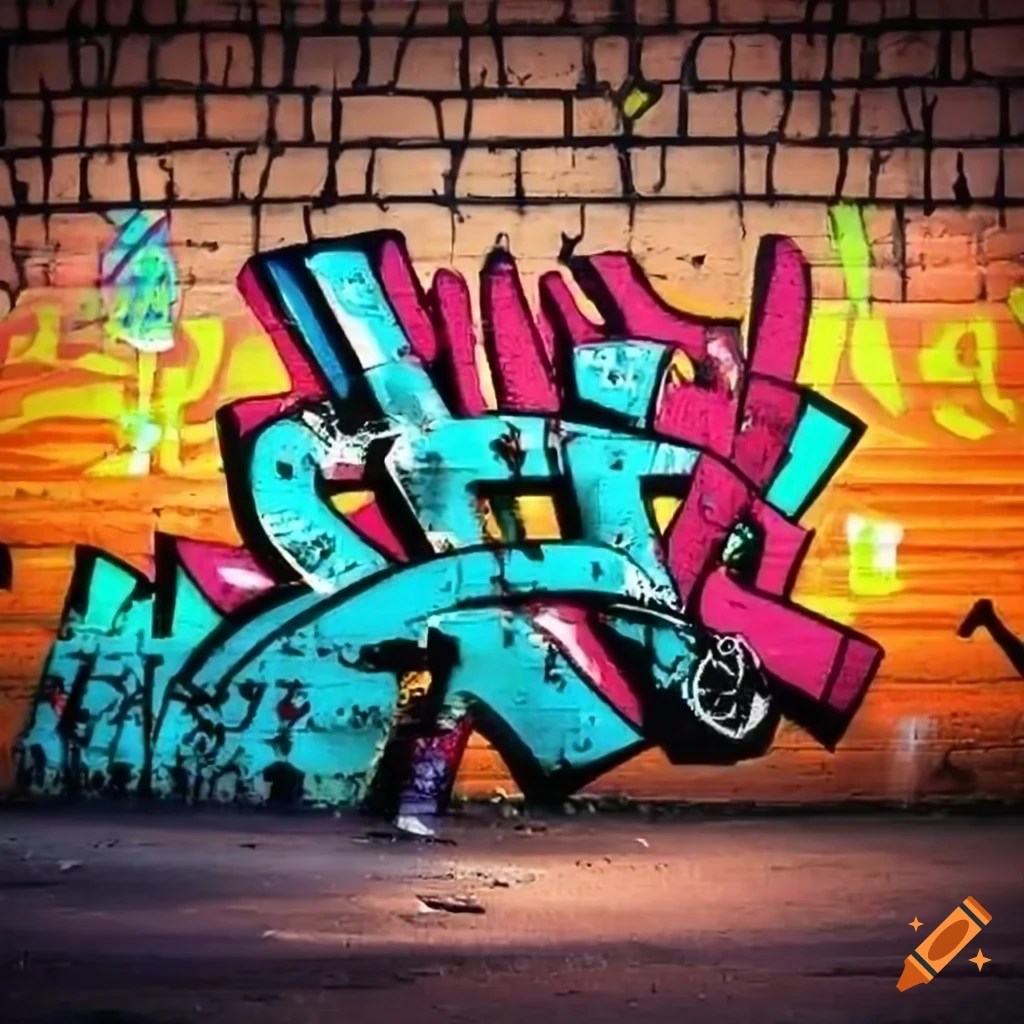Graffiti: Art, Vandalism, or Urban Canvas?
A splash of color on a concrete wall. A bold statement scrawled across a bridge. A meticulously crafted mural transforming a neglected alleyway. Graffiti, in all its forms, sparks debate, ignites passions, and forces us to confront our assumptions about public space and artistic expression. Is it an act of vandalism, a legitimate art form, or a complex blend of both?
The answer, as with most things, is rarely simple. Graffiti exists on a spectrum, defying easy categorization. At one end, we have quick tags, often cryptic signatures left by individuals seeking recognition or marking territory. These can feel intrusive, contributing to a sense of neglect and disorder, particularly when covering personal property or historical landmarks.
However, graffiti also encompasses elaborate murals, vibrant works of art that revitalize urban landscapes and give voice to marginalized communities. These pieces often involve significant planning, skill, and artistry, transforming drab walls into breathtaking displays of color and creativity.
The very nature of graffiti, its unauthorized existence in the public sphere, lies at the heart of the debate. It challenges traditional notions of ownership, artistic expression, and the use of public spaces. Those who view it solely as vandalism often point to its association with gang activity, property devaluation, and a general decline in the urban environment.
Conversely, proponents argue that graffiti, particularly in its more artistic forms, can revitalize neighborhoods, foster community dialogue, and provide a platform for artistic expression that exists outside the confines of traditional galleries and institutions. Street art festivals and commissioned murals exemplify this shift, blurring the lines between sanctioned art and unsanctioned expression.
The history of graffiti is as diverse as its manifestations. From ancient cave paintings to political slogans on city walls, humans have long felt the urge to leave their mark in public spaces. Modern graffiti as we know it emerged in the 1960s and 70s, evolving alongside hip-hop culture in New York City.
Understanding the motivations behind graffiti is crucial to addressing the issues it presents. While some engage in vandalism driven by boredom, rebellion, or a desire to inflict damage, others are motivated by artistic passion, social commentary, or a desire to reclaim public space.
This leads to complex questions: When does graffiti cross the line from vandalism to art? Who decides what constitutes acceptable expression in public spaces? How can communities balance the rights of property owners with the desire for artistic freedom and neighborhood beautification?
Advantages and Disadvantages of Graffiti
| Advantages | Disadvantages |
|---|---|
| Can revitalize neglected areas and increase community pride. | Can contribute to a sense of neglect and decline, especially when excessive or poorly executed. |
| Provides a platform for artistic expression and social commentary, particularly for marginalized voices. | Can be associated with gang activity and territorial marking, contributing to fear and insecurity. |
| Can attract tourism and generate economic activity in certain contexts. | Can devalue property and deter investment in affected areas. |
Navigating the complexities of graffiti requires a nuanced approach that acknowledges both its potential benefits and its undeniable drawbacks. Open dialogue, community engagement, and a willingness to see beyond simplistic labels are essential to finding solutions that foster vibrant, inclusive, and respectful public spaces.
Unveiling the mysteries behind british surnames your ancestors were probably up to something
Unlocking apa itu gaya hidup sihat your guide to a healthier life
Unlocking serenity your guide to pastel cyan hex code














